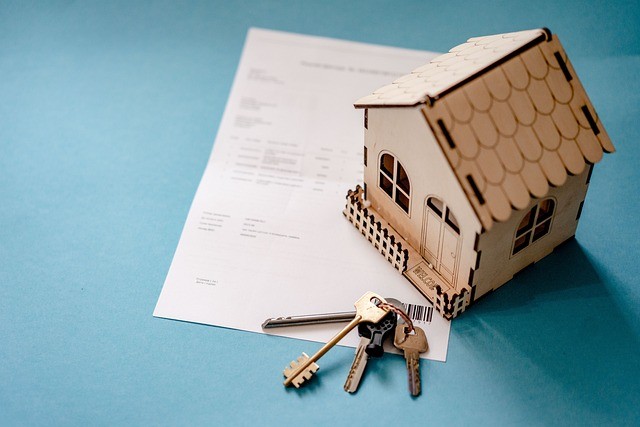When transferring property, many people think, “How hard can it be?” This is where DIY deeds, especially quitclaim deeds, come into play. They seem like a quick and easy solution to pass on property to loved ones. However, this shortcut can lead to major headaches down the road. Kiplinger underlines the pitfalls of DIY real estate deeds and how to avoid errors.
A quitclaim deed is a simple document that transfers whatever interest the grantor (the person transferring the property) has in a property to the grantee (the person receiving the property). It’s often used between family members to avoid probate or as a quick way to add someone’s name to a property deed.
However, here’s the catch: While quitclaim deeds are easy to create and file, they don’t offer any guarantees. The deed only transfers the grantor’s interest—if any—and doesn’t ensure that the title is clear or that the grantor even owns the property outright.
Using a quitclaim deed without professional guidance can lead to several unforeseen problems. Here’s a closer look at some of the most common issues.
One of the biggest pitfalls of using a quitclaim deed is discovering too late that you don’t actually have a clear title to the property. For example, if a child inherits a home and uses a quitclaim deed to transfer the property into their name, they might believe everything is fine—until they try to sell the house.
At that point, a title company might uncover that the property transfer skipped the required probate procedures, rendering the title unmarketable. The sale stalls, leaving the new owner stuck in a legal mess.
Another major risk arises when you add someone else’s name to your property deed. Suppose a parent adds their child to the deed to avoid probate. If that child later faces financial issues, such as bankruptcy or a lawsuit, their creditors could claim a stake in the property. This means the parent might lose part of their home to settle the child’s debts because they took the DIY route.
Adding someone to a deed can also cause complications with insurance and taxes. For example, once another person is listed on the deed, the original homeowner must notify their insurance company. If they fail to do so, the property insurance might become invalid, leaving the property uninsured. Transferring with a quitclaim deed can also trigger gift tax requirements; while selling the home may result in hefty capital gains taxes you could have avoided with a trust.
Using a trust instead of a quitclaim deed offers significant advantages. A trust allows you to transfer property without losing control during your lifetime and provides a clear path for the property after your death. This approach can help avoid the probate process, protect your property from creditors and reduce potential tax liabilities for your heirs.
For example, if you transfer your home into a trust, the property’s value is adjusted (“stepped up”) to its fair market value at your death. This can reduce or eliminate capital gains taxes for your heirs when they eventually sell the property.
Avoid the pitfalls of DIY real estate deeds. Don’t let a simple mistake cost you or your loved ones dearly. If you would like to learn more about deeds and real property in your estate planning, please visit our previous posts.
Reference: Kiplinger (Mar. 20, 2024) “How Quitclaim Deeds Can Cause Estate Planning Catastrophes”
Image by Oleksandr Pidvalnyi






